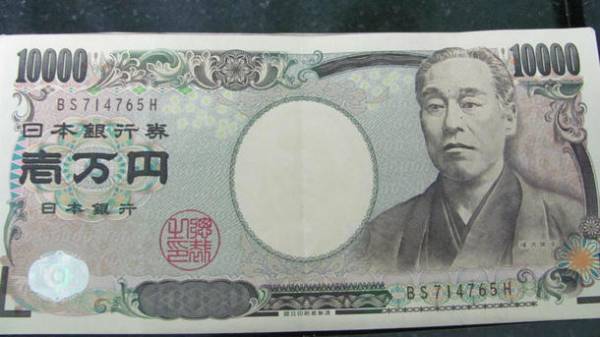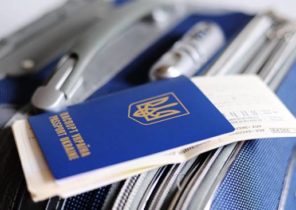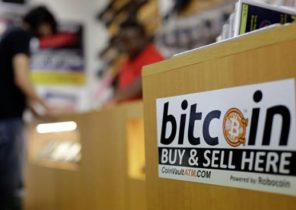
In Japan started selling the usual banknotes with a huge margin. On the electronic marketplace Mercari in the early years of the banknote 10 thousand yen (90 dollars) was offered for 13 thousand yens, write “News.Economy.”
This unusual business has a negative resonance, resulting in April, the company banned such transactions. Competing website, Yahoo! Auctions, soon did the same.
Buyers did not seek to acquire some rare note – they just needed the money. Finding themselves in a difficult financial situation and having exhausted all your Bank limit, they had nothing left to do but to buy cash using a credit card.
However, the ban led to the emergence of sophisticated methods of its bypass. Now “precious portraits” Fukuzawa, Ucity, writer and philosopher of the XIX century had a great influence on the formation of modern Japan, are sold on sites for 15 thousand yen is the allowance for a note of the highest denomination (10 thousand yen), on the front side which depicts Fukuzawa.
You can also buy a water bottle, which allegedly contains the subatomic particles called neutrinos. The goods sold by provident with the compensation money because of its “extremely high rate of defect”.
- Read also: Ukrainians EN masse to choose pawn shops instead of banks
The growing popularity of such dubious transactions with cash – the unintended result of the overuse of subprime lending from major banks of Japan. Stifled many years of almost negative interest rates, banks have to look for a more profitable business, including high-risk consumer lending, also known as Sara-kin, or “gangster’s loan sharking”.
Interest rates can reach 15%, and this at a time when mortgage rates are often below 1%, says the British magazine the Economist.
According to the Bank of Japan debt for unsecured consumer loans has soared over the past six years by 72% to 5.6 trillion yen (50.3 billion us dollars). Of these, nearly 30% of the balance of three “megabanks” – Mitsubishi UFJ, Sumitomo Mitsui and Mizuho. Advertising of consumer credit in Japan today almost everywhere: in the media, on outdoor billboards and online.
The big banks came to the market in the 2000s after the acquisition of firms providing consumer loans. They did so in part because of attempts to improve the bad reputation of the sector “loans until payday”, who was accused of unnecessarily harsh debt collection, a large number of bankruptcies and bringing clients to suicide.
Because of public dissatisfaction were more stringent rules for the conduct of this business. So, financial institutions were forbidden to set an interest rate higher than the official maximum. In addition, the size of the loan could not be more than one-third of the annual income of the borrower.
But these and other credit constraints were not applied to banks “with a good reputation and history.” In the end, was recorded a sharp increase in “loans until payday” from major financial companies. Now that the tide has moved against them. After the first 13 years of the increasing number of bankruptcies of natural persons the Association of lawyers of Japan demanded to repeal the special breaks for big banks. Their investigation also started the regulators. The Japanese bankers Association, clearly feeling threatened, recently announced that its members intend to conduct business “more responsible”.






